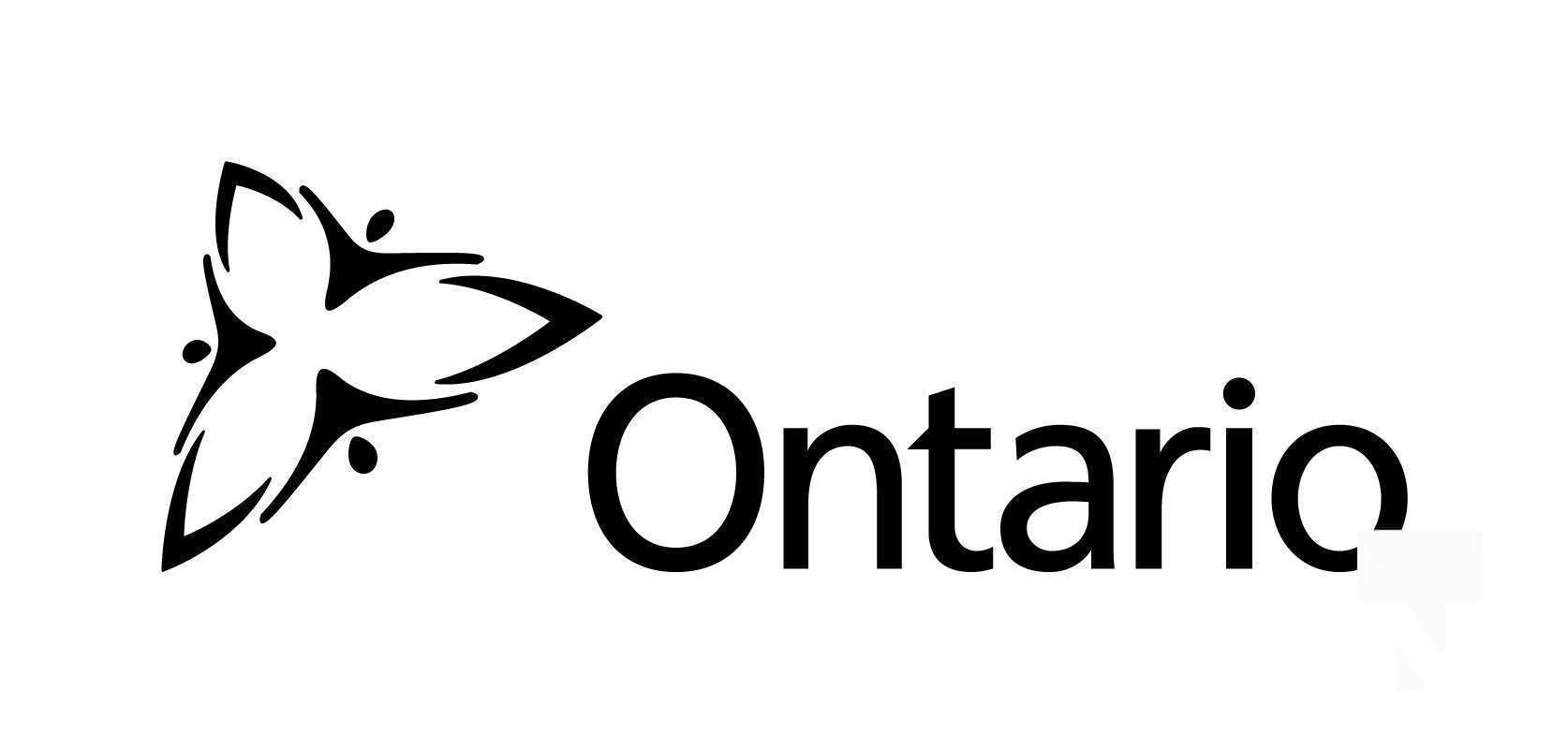Ontario’s Plan to Stay Open is the next step in the government’s ongoing efforts to build a stronger, more resilient health system that is better prepared to respond to crisis. By filling long-standing gaps in three main areas, including expanding the province’s health workforce, shoring-up domestic production of critical supplies and building more hospital beds, the plan provides people and businesses with more certainty by helping to keep the province open.
An integral part of this plan is the Pandemic and Emergency Preparedness Act, 2022, legislation created to secure Ontario’s progress, monitor new health threats and protect the lives and livelihoods of Ontarians as the government moves forward with the safe and gradual re-opening of the province.
Key elements of the government’s preparedness plan include the following:
Expanding Ontario’s Health Workforce
Introducing the “Learn and Stay” Grant: The Ontario government will invest $142 million to launch the new “Learn and Stay” grant. The program will start with $81 million over the next two years to expand the Community Commitment Program for Nurses to allow for up to 1,500 nurse graduates each year to receive full tuition reimbursement in exchange for committing to practice in an underserved community. Starting in Spring 2023, applications will open up for up to 2,500 eligible students each year who commit to stay in their region working in an underserved community for up to two years after graduating. Students will be eligible to receive full, upfront funding for tuition, books and other direct educational costs.
Building up our health capacity in areas where it’s needed the most is an important part of Ontario’s Plan to Stay Open. Rural and northern communities have seen shortages and the government is working to ensure that they have the staff needed to be able to respond to any future shocks to our health care system.
As a result of these changes, communities facing the most acute labour shortages in nursing will find immediate support. In the years and decades to come, rural and northern communities will have access to a diverse and talented pool of graduates to serve in their communities and support local health care delivery that all Ontarians deserve.
Reducing registration barriers for foreign-credentialed medical professionals: The government has amended the Regulated Health Professions Act, 1991 (RHPA), to reduce barriers for individuals seeking to be registered with the health regulatory colleges, including internationally trained professionals. The amendments prohibit regulatory colleges from requiring Canadian work experience as a qualification for registration, subject to any exemptions provided for in accompanying regulation. Removing undue barriers helps to address health human resource challenges while continuing to ensure proper standards are in place to support high-quality patient care.
Making the PSW wage enhancement permanent: The government has enabled a permanent wage enhancement for publicly funded personal support workers (PSWs) and direct support workers (DSWs). Since October 1, 2020, over 158,000 PSWs and DSWs providing publicly funded services in hospitals, long-term care, home and community care and social services have been receiving a wage enhancement of $3/hour or $2/hour.
Expanding medical schools: The government is significantly expanding medical school seats in Ontario, adding 295 postgraduate positions and 160 undergraduate seats over the next five years. This is the largest expansion of undergraduate and postgraduate medical seats in over 10 years and aims to increase access to family and specialty physicians and other health care professionals in every corner of the province.
Increasing the number of doctors, nurses, and personal support workers in Ontario is a key element of the government’s preparedness plan. This not only requires recruitment and retention of the nurses and personal support workers who sustain our system, but also investing in the students of today who will become the skilled doctors and surgeons of tomorrow.
More doctors serving in Ontario means better access and quality of care for hardworking families across the province. That is why the government is adding to the number of spaces at medical schools as we continue to build a stronger, more resilient health care system—especially in growing and underserved communities.
This expansion is the largest in over a decade. It includes 160 new undergraduate seats and 295 new postgraduate positions. The expansion will support all six medical schools across Ontario. Expanded undergraduate and postgraduate medical school positions will include:
- Creating a new Ryerson medical school in Brampton
- Creating U of T Scarborough Academy of Medicine and Integrated Health
- Expanding Queen’s-Lakeridge Health Campus to support Durham Region’s needs
- Increasing medical education seats in the Northern Ontario School of Medicine to support needs in rural and northern Ontario
- Increasing medical education seats at the University of Ottawa, Western University and McMaster University
The expansion will increase access to family and specialty physicians across the province further bolstering Ontario’s health resources.
Investing in Clinical Education: The Ontario government has demonstrated its commitment to investing resources to ensure we have more graduates in the healthcare sector for years to come. The government is also ensuring that they have adequate resources in the classroom. The government is investing an additional $41.4 million annually to support the clinical education component in our nursing education programs. This investment will enable publicly assisted colleges and universities to expand laboratory capacity supports and hands-on learning for students providing opportunities for learners to demonstrate their knowledge in practical settings.
Shoring-Up Domestic Production of Critical Supplies
Building a robust life sciences sector that improves patient outcomes: Ontario’s life sciences sector is primed for accelerated growth. This exciting growth includes new and expanding facilities that will attract investments to meet growing demand for vaccine production, strengthening efforts to develop made-in-Ontario breakthrough technologies and sourcing homegrown solutions in preparation for future challenges. To do this, it is essential that Ontario companies create, commercialize and adopt advanced technologies to compete in today’s global economy. A new life sciences strategy is an essential step towards establishing Ontario as a global biomanufacturing and life sciences hub.
As part of the Plan to Stay Open, the government has released a life sciences strategy that will help Ontario further accelerate the province’s advantage. The strategy is broken down into two phases. Phase 1 focuses on the immediate challenges facing the sector including addressing challenges that inhibit growth and prevent Ontario made solutions help Ontario patients. Phase 2 will focus on building capacity to build and buy made-in-Ontario health innovations over the balance of this decade and beyond. Boasting the largest life sciences sector in Canada—one that provides 66,000 well-paying jobs for hard-working Ontarians—the province is well positioned to leverage its strengths in the sector to produce game-changing and life-saving solutions right here at home.
Ensuring a long-term, transparent stockpile of personal protective equipment (PPE): The bill will ensure there is a robust supply of PPE and CSE available in Ontario at all times, ready to be deployed to withstand the challenges of extraordinary events without having to solely rely on unstable international supply chains. Ontario will leverage the province’s extensive manufacturing capability wherever possible to maintain a healthy stockpile of quality PPE and CSE in non-emergency times, ensuring preparedness and the safety and security of Ontarians in time of crisis. Annual reporting on the PPE and CSE will include information about the quantity, and origin of production of supplies in the government’s centralized supply chains, bringing transparency and ensuring the stockpile is maintained. While the last two years were dominated by stories of people pulling together, unfortunately there have been those who have looked to take advantage of a shortage of critical supplies. As part of the Pandemic and Preparedness Act, 2022, the province is prohibiting any person from selling any personal protective equipment or critical supplies supplied free of charge by the government. This will ensure that those who seek to take advantage of hard-working people who play by the rules will face stiff penalties for their actions.
Keeping shelves stocked with essentials: The government has amended the Ministry of Agriculture, Food and Rural Affairs Act, specifying that the ministry’s mandate includes providing advice and programming related to a safe and stable food supply. These amendments also require the ministry to report on the Ontario food supply and entail regular evaluations of the food supply system to ensure proper planning and emergency preparedness. Amendments to the Ontario Food Terminal Act (OFTA) will add provisions to the OFTA, outlining a requirement that the Ontario Food Terminal Board maintain a contingency plan for emergencies that impact the operations of the Terminal. It requires that plan to include a description of how all or part of the Terminal’s operations could be carried out temporarily, for no longer than 30 days at a time, from a location other than its current location in the event of such an emergency situation which puts the terminal operations at risk and allow the Minister to direct the Board to implement all or part of its contingency plan.
Building More Hospital Beds
Creating new hospital spaces: Ontario government investments will lead to over $30 billion in infrastructure over the next 10 years to address longstanding challenges around bed shortages. These investments will increase capacity in the province’s existing hospitals, build new health care facilities and renew aging hospitals and community health centres. This investment results in the launch of 50 major projects that will add approximately 3,000 new beds over the next decade.
Investing in new capital projects to improve and expand hospital infrastructure and create more hospital and long-term care beds will be essential to ensuring Ontario is never again left with our care capacity at such vulnerable levels. Making investments in communities that have not seen a new significant capital project in decades will ensure that every corner of Ontario has access to the quality care they need and deserve.
To continue to support hospital capacity, the Ontario government is investing $760 million to support the continued operation of over 3,100 beds. This is the equivalent capacity of adding six new large community hospitals to Ontario’s healthcare system.
Other ways the government is staying prepared
Better preparation for emergencies: To support a coordinated, whole-of-government approach, this legislation will require that the government establish a governance and accountability framework that sets out the roles and responsibilities of ministries during an emergency. The changes will require all provincial ministries identify and monitor risks and hazards and provide information to Emergency Management Ontario. Ministries will also be required to identify the resources, goods and services they need to respond to these hazards and the readiness of those resources.
This and all future governments will be required in legislation to have a provincial emergency management plan that will be reviewed and updated at least every five years. This plan will describe how Ontario will coordinate the response to any emergency that requires coordination at the provincial level. The changes will ensure that the government understand and monitor existing, new and emerging provincial hazards and risks, and provincial resource readiness to respond to an emergency that requires coordination at the provincial level.
Enhanced data access and sharing: The province’s 51 Ontario Health Teams (OHTs) bring together health service providers to deliver comprehensive and coordinated care to Ontarians and have contributed significantly to the province’s response to the pandemic. To support ongoing system transformation, pandemic response and OHT development, the government has amended the Personal Health Information Protection Act, 2004 (PHIPA) to improve the sharing and security of personal health information within OHTs, while expecting that the privacy and security of the data continues to be protected. This will assist OHTs in responding to evolving pandemic needs, better understanding the patients and communities they serve, and designing and delivering integrated, coordinated care.
The government has also made amendments that allow Ontario Health to specify the format of personal health information (PHI), along with existing requirements for data privacy and security under the PHIPA. This change ensures that patients and health information custodians have clear and consistent expectations on how to receive and provide PHI in an electronic format. Overall, these amendments support better electronic access by patients to their health records, an important part of a more patient-focused and efficient health system that is recovering from the COVID-19 pandemic.
High Priority Communities Strategy: The government initially provided targeted funding to 17 high priority communities that were most impacted by COVID-19 with higher case counts and lower testing rates. The government is providing an additional $25 million to continue delivering access to testing, increasing vaccination rates and providing support such as connection to isolation centres, income and social supports in communities hard hit by the pandemic.
Infection Prevention and Control (IPAC) Hub Program: Local networks of Infection Prevention and Control (IPAC) Hubs have been developed from across the health system to strengthen IPAC practices in community-based, congregate living settings such as long-term care homes, retirement homes and residential settings.
Through the provincewide network of local IPAC Hubs, congregate living settings have a formal and coordinated pathway to access IPAC expertise to ensure they are ready to prevent and manage potential future outbreaks. Data has shown that the Hubs have had broad reach in providing support to the field and a proven impact in supporting congregate living settings to respond to and manage COVID-19-related outbreaks. The hubs are instrumental in educating and training staff to build capacity to mitigate potential future waves; laying the IPAC foundation to be prepared for emerging threats.
Wastewater Surveillance Initiative: In response to the COVID-19 pandemic, the government established the Wastewater Surveillance Initiative to detect the virus that causes COVID-19 in wastewater samples taken from communities across the province. The initiative uses wastewater sampling, together with clinical and public health data, to help local public health units identify potential outbreaks and enable more timely decisions by public health about how and where to mobilize resources in response. The government is investing an additional $24.7 million to sustain Ontario’s wastewater surveillance initiative over the coming year, while also learning more about how this approach could be used to detect other diseases of concern.
Digitization of the Provincial Diagnostic Network: At the onset of the pandemic, Ontario had an outdated and fragmented laboratory services and diagnostic system resulting in delayed results and a poor patient experience. The Provincial Diagnostic Network was implemented across Ontario in March 2020 and consists of more than 40 independent hospitals, public health, and community laboratories. This network of labs coordinates the processing and analysis of COVID-19 tests. The Provincial Laboratory Services Program aims to address inefficiencies and inequities in the current diagnostic landscape by building on best practices achieved through the COVID-19 Provincial Diagnostic Network including a fully digital lab network.
Additional Resources
Related Topics
Business and Economy
Information about Ontario’s economy and how to do business here. Includes economic development opportunities, research funding, tax credits for business and the Ontario Budget. Learn more
Government
Learn about the government services available to you and how government works. Learn more
Law and Safety
Ontario’s laws and related information about our legal system, emergency services, the Ontario Provincial Police and victim services. Learn more
























